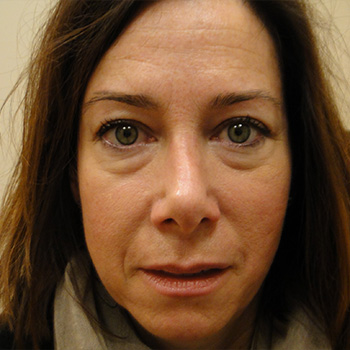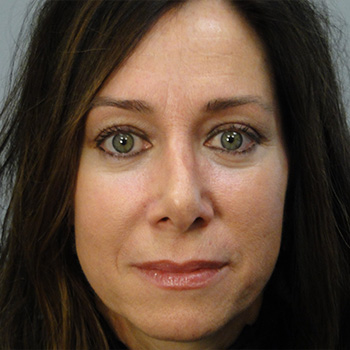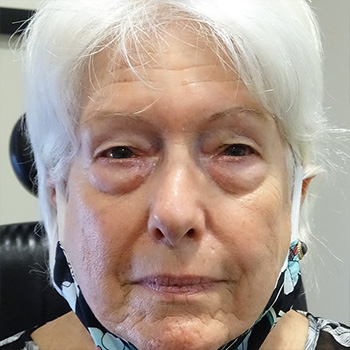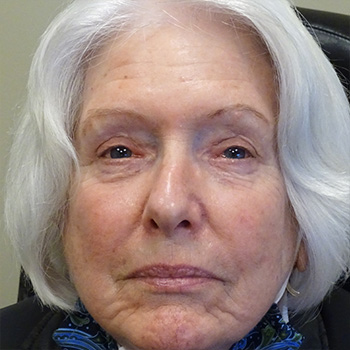What is Lower Eyelid Blepharoplasty?
Lower eyelid bags and dark circles are a very common reason patients seek a blepharoplasty consultation with our facial plastic surgeons. These bags and circles lend to looking older and fatigued, and are impossible to hide behind makeup. Genetics, variations in anatomy, excess sun exposure, aging and herniation of orbital fat can all be reasons why these lower eyelid problems exist.
While there are many reasons for bags and circles to develop, it is important to know that our blepharoplasty treatment approach also varies according to the needs of each individual. Applying expert knowledge, skill and state-of-the-art technology, our physicians develop a customized plan that will bring you back to your natural, youthful appearance and help you maintain that look long term. We literally help you turn back the clock and slow the hands of time.




